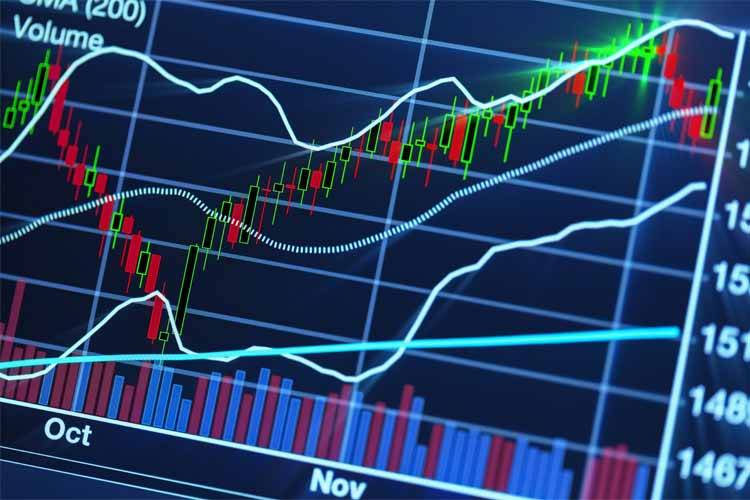
As the SPX retreats from its all-time high, should traders anticipate gains, or will the downside continue?
The S&P 500 Index (SPX) fell 2.5% last Friday. Before then, it had spent more than two months within 1% of its all-time high. It was only the fifth time ever, going back to 1928, that the index had spent that much time in such close proximity of the all-time high.
The table below shows the occurrences, streaks, and returns after the streak ended. You can see the last time it happened was 1995, which was a very good time to be in stocks. You cannot draw conclusions from so few data points, so I will lower the threshold of the streaks and see how the market has done going forward. When streaks end, is it generally a short-term pullback leading to more gains -- like the last time in 1995 -- or does the broken streak tend to lead to further selling?

More Streaks: Instead of looking at streaks of two months (42 trading days), I lowered the criteria to just one month (21 trading days). Doing that gives us 26 prior streaks dating back to 1950. The table below summarizes the returns after these streaks ended, and then I show typical returns since 1950 for comparison. I was initially curious as to the short-term returns, but then found the longer-term returns to be interesting, so I looked at the one- and two-week returns, and then the one-month and six-month returns.
As far as the short-term returns go, there is some underperformance at the one-week and one-month marks, as far as average return and percent positive. The two-week returns awkwardly show some outperformance, indicating some choppiness in the short term.
I especially thought the longer-term (six-month) returns were interesting. The average return shows underperformance, but the percent positive is right in line with the typical returns. The reason for that can be found by looking at the average positive. The 6.68% average positive return after a signal is lower than the typical average positive anytime return of 9.75%. It suggests that maybe the upside tends to be capped in these situations, which is lowering the average return, despite a similar percent positive.

Finally, here is another way of looking at it. In the chart below, the dotted line shows the typical S&P 500 return since 1950. The solid line shows the average return after the 26 signals mentioned above. The returns after the signal seem to struggle to keep up with the typical market returns. Maybe it's a sign of a slightly exhausted or overbought market? Nevertheless, while a 2% average return over six months is underperforming and nothing to get excited about, in today's low-rate environment, it is a better return than many alternatives.

Sign up now for a trial subscription of Schaeffer's Expiration Week Countdown! We'll send you 5 trades for expiration week, each targeting double- or triple-your-money gains in less than 5 days.